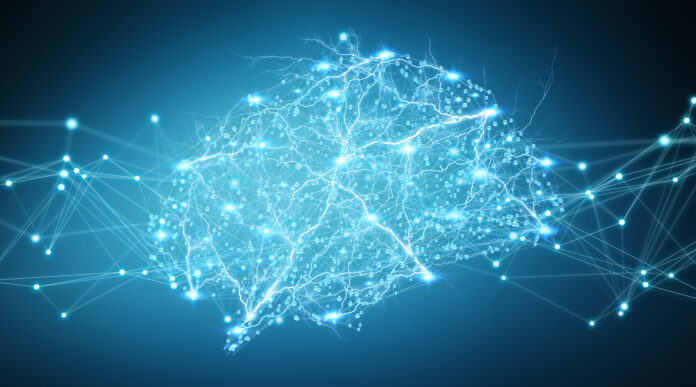Deep learning algorithms train machines and do complicated calculations on enormous volumes of data using artificial neural networks. It’s a form of machine learning based on the human brain’s structure and function.
While deep learning algorithms use self-learning representations, they rely on artificial neural networks (ANNs) that mimic how the brain processes information.
Here is a list of the top 7 deep learning algorithms that every programmer should be familiar with:
Convolutional Neural Network
CNNs, also known as ConvNets, are multilayer neural networks primarily used for image processing and object detection. In 1988, Yann LeCun created the first CNN, which he dubbed LeNet. It could recognize characters such as ZIP codes and numerals. CNNs commonly used to detect abnormalities in satellite photos, interpret medical imaging, forecast time series, and identify satellite images.
Autoencoders
Autoencoder is a deep learning system with identical inputs and outputs. It is a sort of feedforward neural network. It was created in 1980 by Geoffrey Hinton to solve unsupervised learning difficulties. It has neural networks that train to transport data from the input layer to the output layer. Image processing, pharmaceutical recovery, and population prediction are just a few of the many applications for autoencoders.
Long Short Term Memory Networks
LSTMs are a form of Recurrent Neural Network (RNN) capable of learning and remembering long-term dependencies. The default habit is to recall prior knowledge over lengthy periods. LSTMs keep track of data throughout time. Because they keep track of past inputs, they are valuable in time-series prediction. LSTMs consist of four interacting layers that communicate in a chain-like topology. The most common use of LSTMs is for voice recognition, music creation, and pharmaceutical research, in addition to time-series predictions.
Restricted Boltzmann Machines
Restricted Boltzmann Machines (RBMs) are stochastic neural networks that can learn from a probability distribution rather than data collection. Geoffrey Hinton created this deep learning technique, which has applications in feature learning, collaborative filtering, regression, classification, and dimensionality reduction.
Recurrent Neural Networks
The outputs from the Long Short-Term Memory (LSTM) can be given as inputs to the current phase since RNNs contain connections that create directed cycles. The LSTM output becomes an input to the current stage, and its internal memory allows it to remember prior inputs. Image captioning, time-series analysis, natural-language processing, handwriting identification, and machine translation are typical uses for RNNs.
Deep Belief Network
Deep belief networks (DBNs), generative models, have several layers of latent and stochastic variables. Latent variables, often known as hidden units, are binary variables. It is a stack of Boltzmann machines with connections between them.
Every RBM layer links to both the next and previous levels. DBN applications include video recognition, picture recognition, and motion capture data.
Radial Basis Function Network
RBFNs is a type of feedforward neural network that uses radial basis functions as activation functions. Its layers have an input layer, a hidden layer, and an output layer used for classification, regression, and time-series prediction.
Follow and connect with us on Facebook, LinkedIn & Twitter

